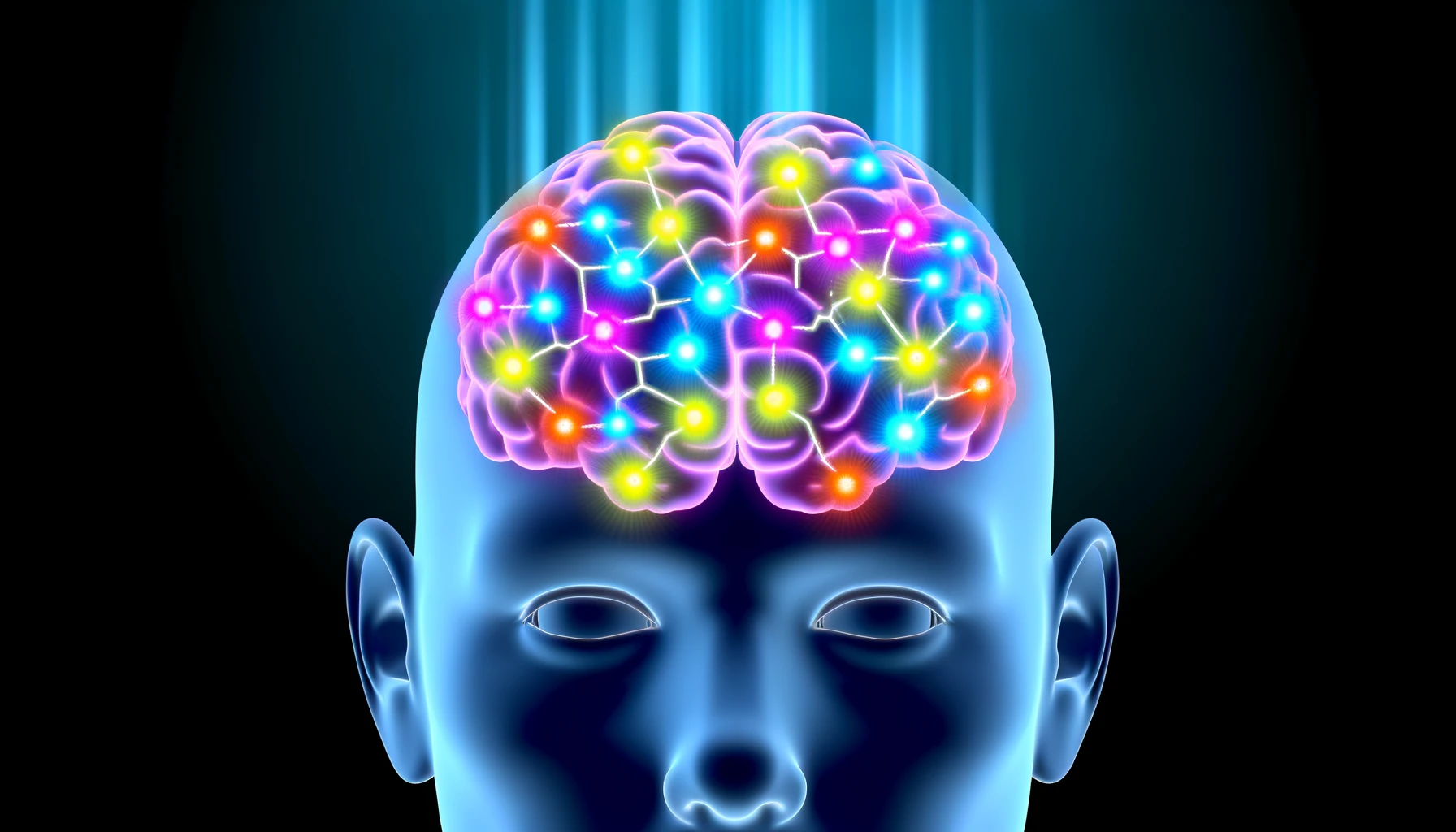In today's workplace, employees seek a rewarding experience and want to be valued for their talent, productivity, and ethics. It is important for employers to understand the difference between awarding and rewarding in order to create successful award or reward programs. A reward is a reinforcement and stimulus that helps alter behaviour, while an award is bestowed as an honour for merit or achievement.
Awards are given publicly, often in the form of medals or trophies, while rewards can be given at any time and may be monetary or non-monetary. It is essential for employers to define the difference between award and reward and design the right employee rewards program to drive employee engagement and motivation.

Key Takeaways:
- Awards are bestowed as an honour for merit or achievement, while rewards are given as a reinforcement for specific behaviours or actions.
- Awards are given publicly, while rewards can be given at any time.
- Awards are often in the form of medals or trophies, while rewards can be monetary or non-monetary.
- An effective employee rewards program should include both awards and rewards to drive engagement and motivation.
- Understanding the difference between awarding and rewarding is crucial for employers in designing successful employee rewards programs.
The Power of Rewards in the Workplace

Rewards play a significant role in driving employee engagement and motivation in the workplace. When employees are rewarded for their efforts and achievements, they feel valued and recognized, which in turn increases their level of engagement. An effective employee rewards program is crucial for creating a positive work environment and fostering a culture of appreciation and motivation.
There are two types of rewards that can be used in the workplace: intrinsic and extrinsic rewards. Intrinsic rewards are the internal pleasures or gratifications that employees experience when they achieve specific goals or accomplish tasks. These rewards can include a sense of satisfaction, personal growth, or a feeling of accomplishment. On the other hand, extrinsic rewards are given by external factors to reinforce favorable behaviors or actions. These rewards can be monetary, such as bonuses or salary increases, or non-monetary, such as recognition or flexible work arrangements.
"Rewards trigger the release of dopamine in the brain, which impacts cognitive abilities, attention, learning skills, and performance."
The power of rewards lies in their ability to trigger the release of dopamine in the brain. Dopamine is a neurotransmitter that plays a crucial role in cognitive abilities, attention, learning skills, and overall performance. When employees receive rewards, their brain releases dopamine, which enhances their motivation and encourages them to continue performing at a high level. By understanding the power of rewards and incorporating both intrinsic and extrinsic rewards into an employee rewards program, employers can create a motivating work environment that drives employee engagement, productivity, and satisfaction.

The Benefits of an Effective Employee Rewards Program
An effective employee rewards program offers numerous benefits for both employees and employers. For employees, it provides a sense of recognition and appreciation for their hard work and dedication. This recognition boosts their morale and motivation, leading to increased job satisfaction and commitment to the organization. In addition, a well-designed rewards program can help attract and retain top talent, as employees are more likely to stay with a company that values and rewards their contributions.
For employers, an employee rewards program can significantly impact productivity, engagement, and overall business performance. Recognizing and rewarding employees for their achievements and positive behaviors encourages them to continue performing at a high level, driving productivity and contributing to the company's success. Furthermore, a strong rewards program can foster a positive work culture and improve employee relationships, creating a supportive and collaborative environment that enhances teamwork and innovation.
| Benefits of an Effective Employee Rewards Program | Employees | Employers |
|---|---|---|
| Recognition and appreciation | Boosts morale and motivation | Creates a motivating work environment |
| Retention of top talent | Increases job satisfaction and commitment | Attracts and retains top talent |
| Increased productivity | Drives productivity and engagement | Contributes to business success |
| Positive work culture | Improves employee relationships | Enhances teamwork and innovation |
Designing an Effective Award or Reward Program
Creating an effective award or reward program requires a thorough assessment, thoughtful design, diligent execution, and regular evaluation. To start, it is crucial to assess the current system in place and understand the needs and preferences of employees. This can be achieved through internal surveys that provide valuable insights into employee satisfaction and the types of behaviors and actions that should be rewarded.
Once the assessment is complete, the program can be designed by the HR team and top management. The design should align with the organization's goals and values, and take into account the different needs and preferences of employees. Tools and software, like those offered by PossibleWorks, can automate the process of recognizing and rewarding employees, ensuring that it is frequent and holistic.
Once the program is implemented, proper execution is essential for its success. Training should be provided to both employees and managers to ensure that they understand the program's objectives and how to use it effectively. Clear guidelines and criteria for award or reward eligibility should be established to avoid confusion and ensure fairness. Regular evaluation of the program is crucial to measure its impact and identify areas for improvement.
Key Steps to Designing an Effective Award or Reward Program
- Assess the current system and gather employee feedback through internal surveys
- Design the program to align with organizational goals and values, utilizing tools and software for automation
- Execute the program effectively through proper training and clear guidelines for eligibility
- Evaluate the program regularly to measure its impact and make improvements for future success
By following these steps, employers can create a well-designed and effective award or reward program that enhances employee engagement and motivation. Such programs not only recognize and reward employees for their hard work and achievements but also contribute to a positive work environment and overall organizational success.

Increasing Employee Engagement and Motivation through Rewards
Employee engagement and motivation are critical factors contributing to the overall productivity and positive employee experience in any organization. Employers who invest in creating a rewarding work environment where employees feel valued and appreciated are likely to see higher levels of engagement and motivation. By implementing effective employee rewards programs, employers can foster a culture of recognition and incentivize desired behaviors.
One effective strategy for increasing employee engagement and motivation is to celebrate special moments and milestones. Recognizing employees' achievements, whether big or small, creates a sense of appreciation and boosts morale. Employers can show their employees that they care by investing in small yet meaningful rewards that align with their interests and preferences. This level of customization makes the rewards more personal and demonstrates that employees are valued as individuals.
Flexible rewards are another powerful tool for increasing employee engagement. Providing employees with options allows them to choose rewards that are most meaningful to them. This flexibility ensures that the rewards resonate with each individual, leading to higher satisfaction and motivation. Whether it's offering a range of gift options or allowing employees to select from a catalog of experiences, customization of rewards can significantly enhance engagement and motivation.
In addition to tangible rewards, recognition strategies play a vital role in increasing employee engagement and motivation. By implementing a variety of recognition programs, such as employee of the month, peer-to-peer recognition, or team-based rewards, employers can create a positive work environment where employees feel valued and appreciated for their contributions. Regularly acknowledging employees' efforts and accomplishments helps boost their morale, encourages continued high performance, and fosters a sense of belonging and loyalty within the organization.

Table: Types of Employee Rewards Ideas
| Reward Type | Description |
|---|---|
| Cash Bonuses | Monetary rewards that provide employees with financial incentives for achieving specific goals or outstanding performance. |
| Gift Cards or Vouchers | Prepaid cards or vouchers that allow employees to choose their own rewards from a wide range of products or services. |
| Extra Time Off | Additional paid time off as a reward for exceptional performance or as an incentive to achieve specific goals. |
| Professional Development Opportunities | Investing in employees' growth and development by providing opportunities for training, courses, or conferences. |
| Social Events | Organizing team outings, company parties, or other social events to foster a sense of camaraderie and celebrate achievements collectively. |
Conclusion
In conclusion, the difference between awarding and rewarding is crucial for employers to understand when designing an effective employee rewards program that drives engagement and motivation. Awards are bestowed publicly to honor achievements, while rewards are given to acknowledge specific behaviors or actions and can be given at any time.
By assessing the current system, designing a well-structured program, and executing it with the help of tools and software like PossibleWorks, employers can create a culture of recognition and rewards in the workplace. Regular evaluation of the program allows for improvements and ensures its overall success.
Employee engagement and motivation are essential for productivity. By implementing a variety of rewards, including both intrinsic and extrinsic rewards, employers can align employee behavior with organizational goals and create a positive work environment. By investing in small yet meaningful rewards and utilizing recognition strategies, employers can demonstrate their care for their employees, leading to higher levels of engagement and motivation.





